-
Welcome to Tacoma World!
You are currently viewing as a guest! To get full-access, you need to register for a FREE account.
As a registered member, you’ll be able to:- Participate in all Tacoma discussion topics
- Communicate privately with other Tacoma owners from around the world
- Post your own photos in our Members Gallery
- Access all special features of the site
Tacoma Lift FAQ/Guide - READ THIS
Discussion in 'Suspension' started by Khaos, Jul 10, 2008.
Page 15 of 76
Page 15 of 76


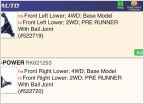 LCA Replacement Options
LCA Replacement Options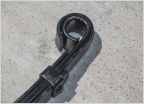 Add a leaf long side back ?
Add a leaf long side back ?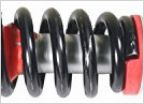 Rs999915 quicklift suspension?
Rs999915 quicklift suspension?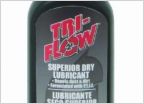 Dealer says aftermarket suspension is cause of squeaking [Solved]
Dealer says aftermarket suspension is cause of squeaking [Solved]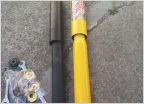 Rear Shock options from smaller lift (Progressive AAL)
Rear Shock options from smaller lift (Progressive AAL)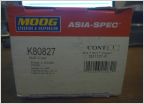 DIY LCA Ball Joint Replacement 2005+ Tacoma
DIY LCA Ball Joint Replacement 2005+ Tacoma


